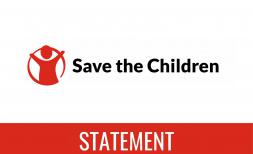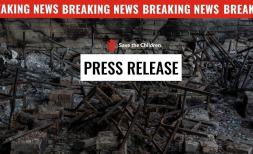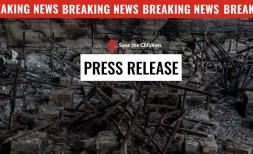ABOUT 1,300 YAZIDI CHILDREN STILL MISSING 10 YEARS AFTER GENOCIDE
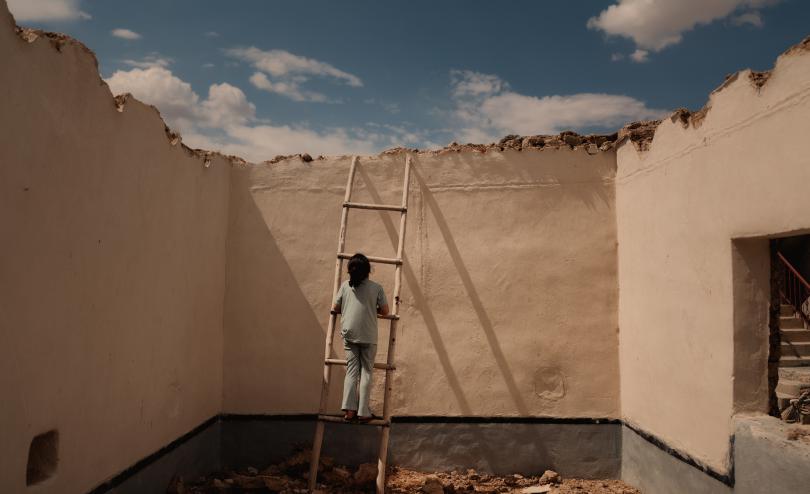
ERBIL, 01 August 2024 – The fate of about 1,300 of Iraq’s missing Yazidi children remains unknown 10 years on from the Islamic State genocide with thousands of others still homeless, living in tents or amid rubble in Sinjar, said Save the Children.
The Islamic State of Iraq and Syria (ISIS) killed, captured and displaced all 400,000 Yazidi people living in Sinjar on 3 August 2014 [1], in a genocide that disproportionately affected children. About 10,000 Yazidis were killed or abducted, half of all those executed were children [2], according to a report by multi-national researchers in the journal PLoS Medicine.
Nearly all (93%) of those who eventually died on Mount Sinjar from injuries or lack of food and water were also children [3]. Of the around 6,400 abducted Yazidis, it’s estimated about half were children, according to the Yazidi-led nonprofit Nadia’s Initiative [4]. Boys as young as seven were sent to ISIS training camps and girls as young as nine were subjected to rape and sexual enslavement [5], shows a Save the Children report.
Today, about 2,700 Yazidis remain missing, including around 1,300 who were children at the time of their abduction, according to estimates from Yazda, a Yazidi advocacy group in Iraq [6]. About 300 to 400 of those still missing are likely still under 18 [7]. So far, over 3,500 Yazidis have been rescued, including 2,000 children, according to Nadia’s Initiative [8].
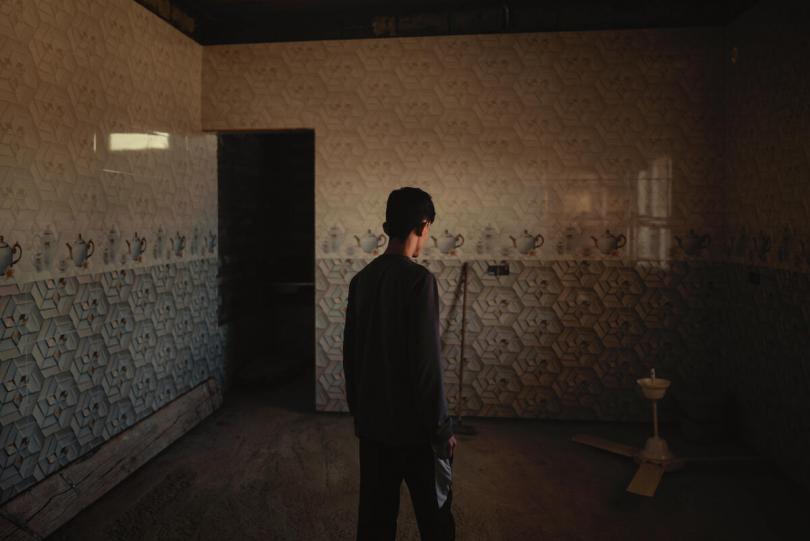
*Behat was aged eight when ISIS attacked his community. [Emily Garthwaite/ Save the Children]
Behat*, 17, is still searching for his missing parents and siblings.
“I held my brother’s hands tightly and I shouted at them (ISIS) not to take him from me. I even shed tears, nonetheless he was taken away. They took him and never brought him back. I didn’t see him again.
“I haven’t found any information about my parents. What I want is to find out something about my mother and father.... for someone who hasn’t seen their parents for 10 or 11 years, it is so difficult to remember their faces.”
Ten years on, about 200,000 Yazidis remain displaced [9] from their communities in Iraq, according to the UN’s International Organization for Migration (IOM). Many are still homeless, living in tents in displacement camps with little access to adequate education or healthcare.
Viyan*, 15, fled Sinjar as a toddler. She’s been living in a tent in a displacement camp in Iraq for almost a decade.
“It is very difficult to live in tents in the heat. In winters, with heavy rain, the tent gets watery...Children have no place to play, they play in the streets, which are full of stray animals... Children get diseases from the dirt. Teenagers and little girls, even though they are around 10 years old, always say that they wish they were dead and didn't have to live like this.
"This tragedy and massacre that has happened to the Yazidi people, it is not forgotten and even now when we go to Sinjar, the bones have not been collected.”
In Sinjar, homes and buildings remain destroyed, and streets are littered with rubble and explosive remnants of war, making it one of the most contaminated regions in Iraq with unexploded ordnance, according to aid organisation Humanity & Inclusion [10]. The conflict-damaged infrastructure severely limits access to water and electricity, and there is a shortage of schools and hospitals for returning residents.
As a result, many Yazidis suffer from mental health problems, with children reporting loneliness and suicidal thoughts, according to a report by Save the Children [11].
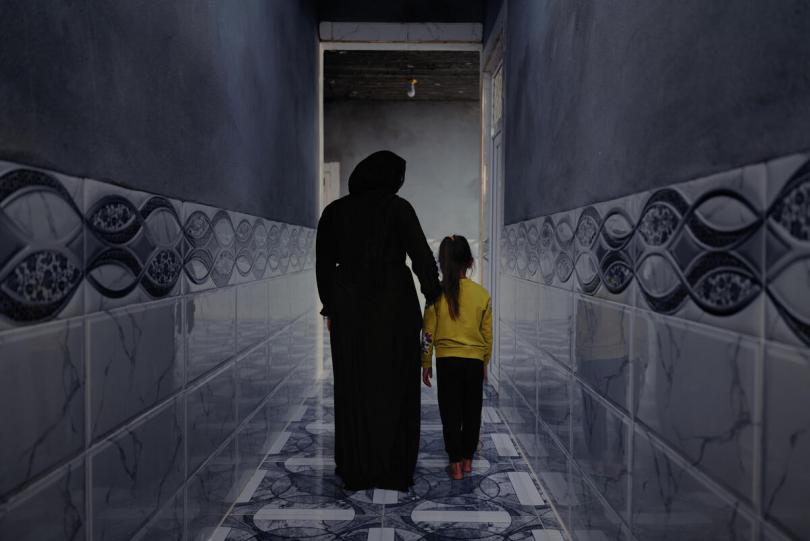
Athaab*, pictured with her daughter, was aged 16 when she was kidnapped and sexually assaulted by ISIS. [Emily Garthwaite/ Save the Children]
Athaab*, 26, returned to Sinjar and lives in a partially destroyed home with her children. Most of her family remains missing.
“I was also one of those who were captured with my whole family. They oppressed and tormented us. I couldn’t find my family when I escaped from them and got back home. I have no one now.
“After I returned home, I had so many difficulties here as well. We have a shortage of many things here in Sinjar. The schools and hospitals here are...insufficient. There is one hospital in Sinjar, but it is not available in the villages around. The crucial thing is to rebuild the houses. People cannot come back…if they don’t have a roof over their heads.
Ajwan*, 39, is searching for her missing family:
"I was captured and lost my family… They took me with my husband, son and daughters…they separated my three children from me...It is very difficult.
“We have many needs, but no services are provided to us in Sinjar. My two daughters cross the main street to go to school…the school is very far and because the streets have no pavement, their lives are in danger.
"Today I am mentally exhausted, I am suffering from body pain. I am sick now...I need to see a doctor and a psychiatrist. I need to go somewhere to forget my suffering, but I don't have such a place. Although we were saved from ISIS, our spirit is still disturbed.”
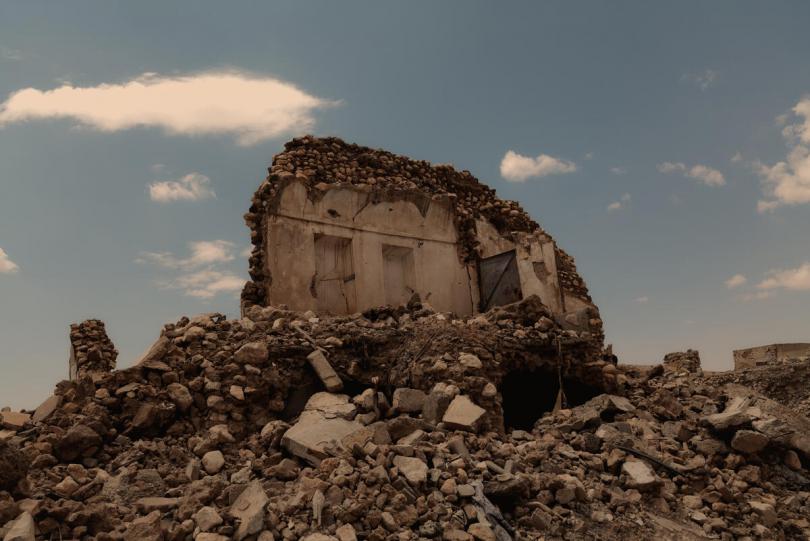
Buildings in Sinjar remain destroyed, streets are littered with rubble and explosive remnants of war. [Emily Garthwaite/ Save the Children]
Sarra Ghazi, Save the Children’s Country Director for Iraq, said:
“Ten years later and over 1,000 children are still missing. Families are still broken. Children have been living in tents for over a decade, with insufficient access to basic services and no means to return in a voluntary and dignified manner. Yazidi children, like all children, deserve the right to safety, security and access to education.”
Save the Children is calling on international and local authorities to prioritise providing comprehensive support for Yazidi children’s mental health and reintegration into society. We advocate for increased investment in education, healthcare, and safe living conditions for displaced and returned Yazidi families. Our goal is to ensure that Yazidi children, like all children, have the right to safety, security, stability and a hopeful future.
Save the Children has been working in Iraq since 1991 and is among the largest international non-governmental organizations (INGOs) supporting children, youth, and their families. Save the Children supports Yazidi families in the Duhok and Ninewa governorates with youth protection networks and activities that support children’s mental health and education services.
ENDS
- We have accompanying content here
NOTES TO EDITORS:
*Names have been changed to protect the identities of case studies.
*The Yazidis are an ethnic and religion minority group, the majority of whom live in northern Iraq. Historically, the Yazidi community has been widely misunderstood, and has repeatedly experienced extreme violence and persecution.
*In May 2021, the United Nations Investigative Team to Promote Accountability for Crimes committed by Da’esh/ISIL (UNITAD) concluded that “there is clear and convincing evidence that the crimes against the Yazidi people clearly constituted genocide”. A number of national governments and parliaments, including the U.S. government and the European Parliament, have recognised the treatment of the Yazidi as genocide
[1] “The 400,000-strong community had all been displaced, captured, or killed.” https://www.ohchr.org/sites/default/files/Documents/HRBodies/HRCouncil/CoISyria/A_HRC_32_CRP.2_en.pdf
[2 &3] An estimated 9,900 Yazidis were killed or kidnapped. https://journals.plos.org/plosmedicine/article?id=10.1371/journal.pmed.1002297
[4] 6,417 Yazidis were abducted: 2,869 males and 3,548 females. It is reasonable to estimate half of these were children, according to NGO Nadia’s Initiative.
[5] Well-being of Yazidi Children in the Aftermath of the 2014 Genocide
[6] 2,644 (1,244 women and 1,402 men) remain missing, half of these (1,300) are children, according to NGO Yazda. https://www.state.gov/reports/2023-country-reports-on-human-rights-practices/iraq/.
[7] Around 300 to 400 children are still alive in captivity, according to Nadia’s Initiative.
[8] A total of 3,562 Yazidis have been rescued, including 1,059 female children and 957 male children, according to Nadia’s Initiative.
[9] 200,000 Yazidi’s remain displaced in Iraq https://reliefweb.int/report/iraq/refugees-international-condemns-renewed-hate-speech-and-targeting-yazidi-community-sinjar-northern-iraq
[11] A Childhood of Fear: The impact of genocide on Yazidi Children in Sinjar

